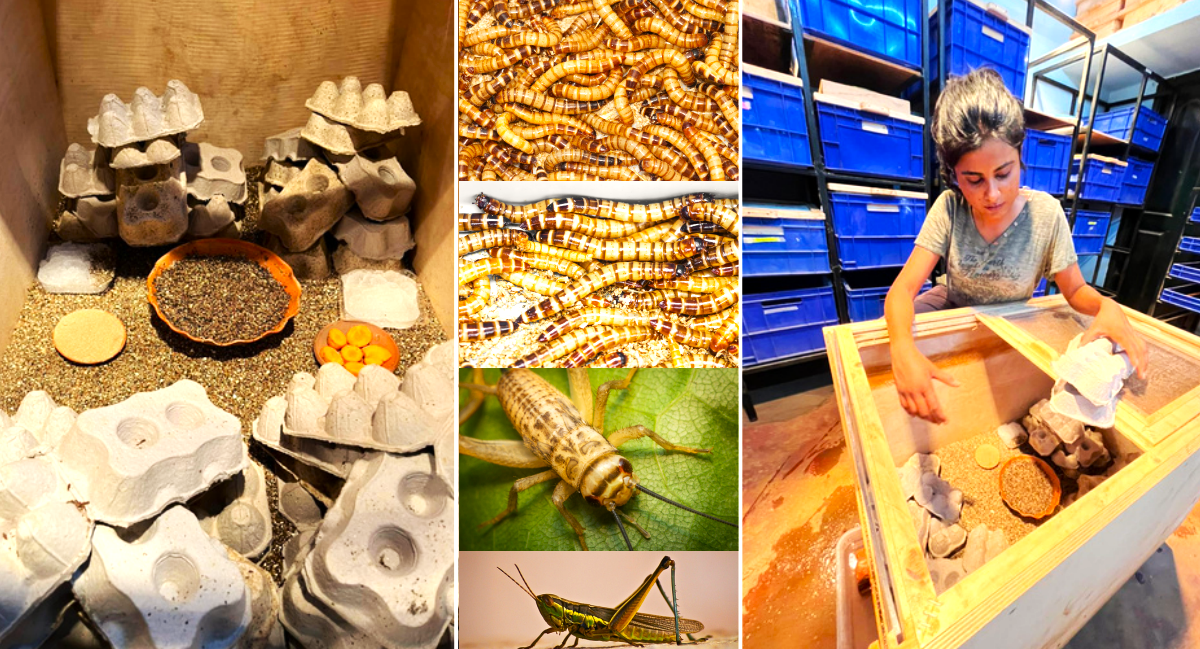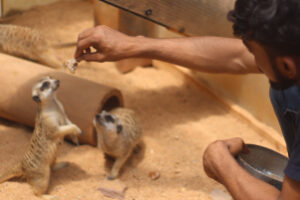
INSECT CULTURE UNDER ATTACK
INSECT CULTURE UNDER ATTACK
BY JANANI ARUN
It’s February, which means that winter is coming to an end and the temperature is rising. With every change comes a new challenge, and this time we didn’t know that thousands of tiny insects would arrive to infest the worms and crickets in our live feeder-insect room. Everyone experiences major infestations from time to time, resulting in the loss of feeder insect culture. Moths, spiders,
fungal growth, ants, and buffalo worms are some of the major infestations I’ve seen, specifically in cultures of super worms and meal worms. We can however avoid this infestation by inspecting the cultures daily. On one morning I entered our facility’s insect room at around 8:00 a.m. to top-up feed and water for our mealworms, super worms, drosophila, wax worms, crickets, roaches, and
grasshoppers, and saw a huge line of carpenter ants walking towards the main cricket culture that consisted of 3000+ crickets! Tragically, we lost all the crickets because carpenter ants attacked the nymphs and adults, leaving them mostly dead.
Carpenter ants are aware that insects are a good source of protein, so they forage for insect carrion. Worker ants extract fluids from insect parts they find and then discard the shell. Carpenter ants are aware that insects are a good source of protein, so they usually forage for insect carrion. Worker ants extract fluids from insect parts they find and
then discard the shell. My immediate attempt was to save as many live crickets as possible and relocate them to a smaller space to recreate the culture. I also took a close look at where the ants were coming from and covered it with concrete and sprinkled
some ant powder to prevent them from returning in the future. I then put the boxes in the sun, and all the ants and other insects escaped after being exposed to the sunlight. I learned that many insects dislike the sunlight and that red fire ants will die if exposed to the sunlight for more than 5 minutes because their bodies can’t withstand temperatures above 34° C. Moving forward, I placed water-filled bowls under each leg of the racks and also moved the boxes away from the wall so that ants do not infest again. We have our culture back up on a smaller scale, but we will have a larger count in around six weeks.




